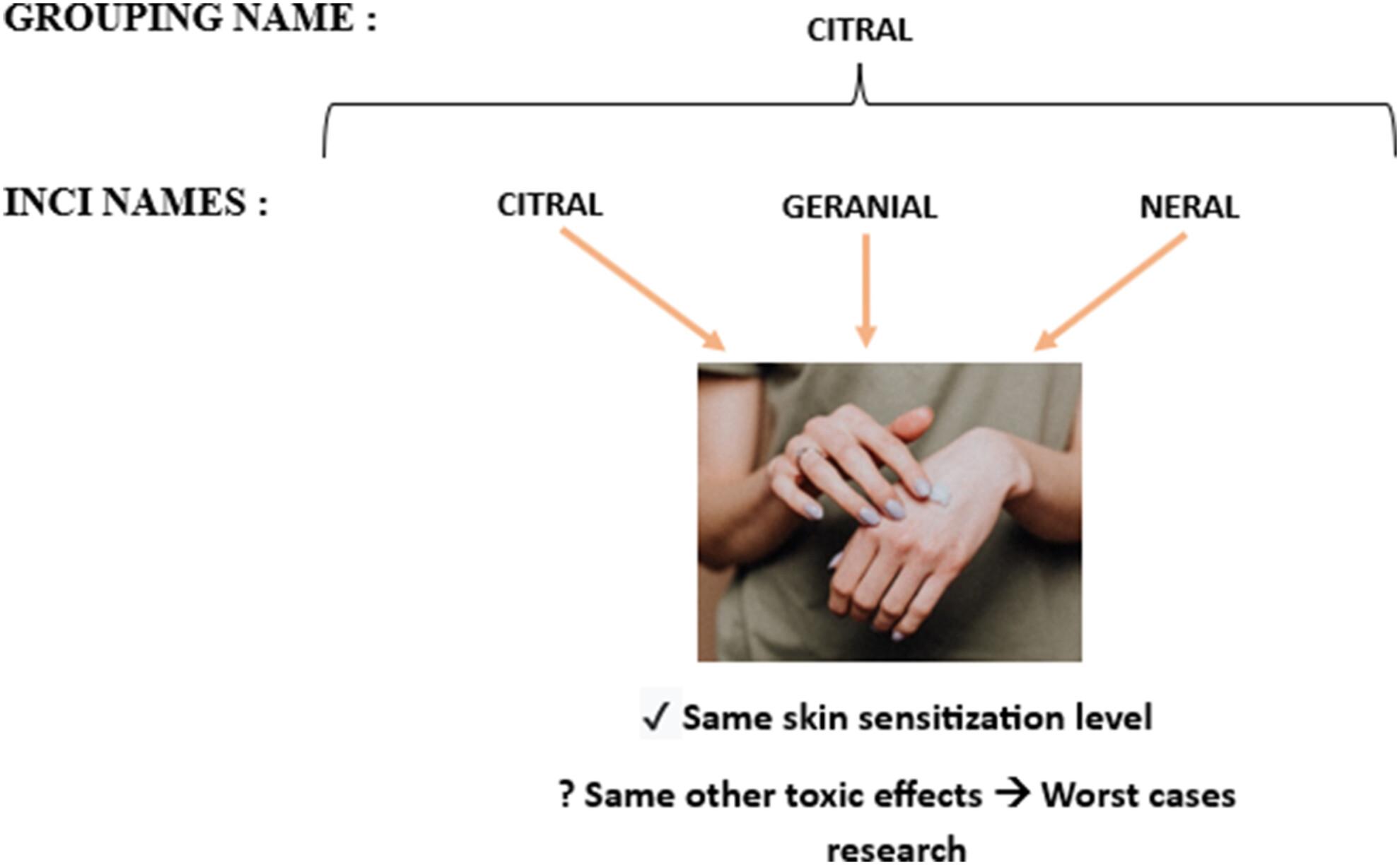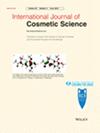European Commission Regulation (EU) n°2023/1545 introduced the concept of grouping names in the cosmetics sector in July 2023. These groups bring together allergenic substances with the same level of skin sensitization. Their purpose is to lighten the list of ingredients on cosmetic packaging, by grouping together substances deemed to be similar under the same name. As this classification is based on a single toxic effect − skin sensitization − the present study aims to analyse the relevance of these groupings with regard to other toxic effects of substances in the same group.
This study was carried out by consulting an available database, various reports from 5 committees, 2 books and 5 articles in order to complete the toxicological profile of each substance. Then, in order to highlight any discrepancies within the classification, the worst cases were identified. For this purpose, the data for each substance in a group were compared, and in the event of greater criticality for a toxic effect, this was qualified as a worst case. In addition, similar toxic effects between several substances within the same group were also recorded. The aim of this additional research was to validate the definition of the grouping name and the similarities between substances in the same group.
From the 17 grouping names, 5 presented worst cases. Two groups had 2 worst cases and the others only one. In total, from the 7 worst cases detected, 3 were due to the toxic effect “skin irritation”. In most cases, the substances in the groupings shared the presence or absence of risk. Only the degree of risk criticality varied.
Classification by grouping names appears justified regarding the similarities between substances, particularly in terms of skin sensitization. However, the presence of worst cases qualifies it and highlights the importance of being vigilant when assessing the risk of cosmetic products including these grouping names in their list of ingredients.



